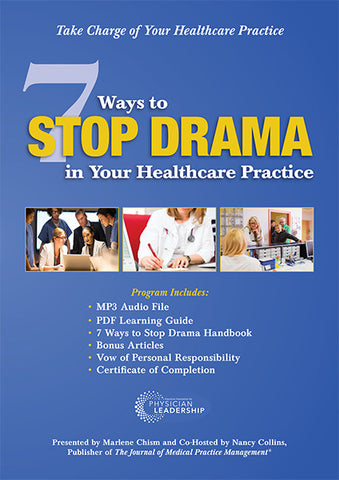Related Products
2025 Annual Leadership Conference-Pre Conference Course Building Well-being in Healthcare
Live Courses
15 Total CME
$949
Members save 15%
2025 Annual Leadership Conference-Pre Conference Course Enhancing Physician Engagement
Live Courses
15 Total CME
$949
Members save 15%
2025 Annual Leadership Conference-Pre Conference Course Revolutionizing Healthcare by Leveraging AI
Live Courses
15 Total CME
$949
Members save 15%
2025 Annual Leadership Conference-Pre Conference Course-Harnessing Data Analytics in Healthcare
Live Courses
15 Total CME
$949
Members save 15%
50 Nonclinical Careers for Physicians: Fulfilling, Meaningful, and Lucrative Alternatives to Direct Patient Care
Books
Soft Cover
06/30
$30
Members save 15%
A Journey Through Population Health
Self-Study Courses
On Demand
14 Total CME
$1,484
Members save 15%













